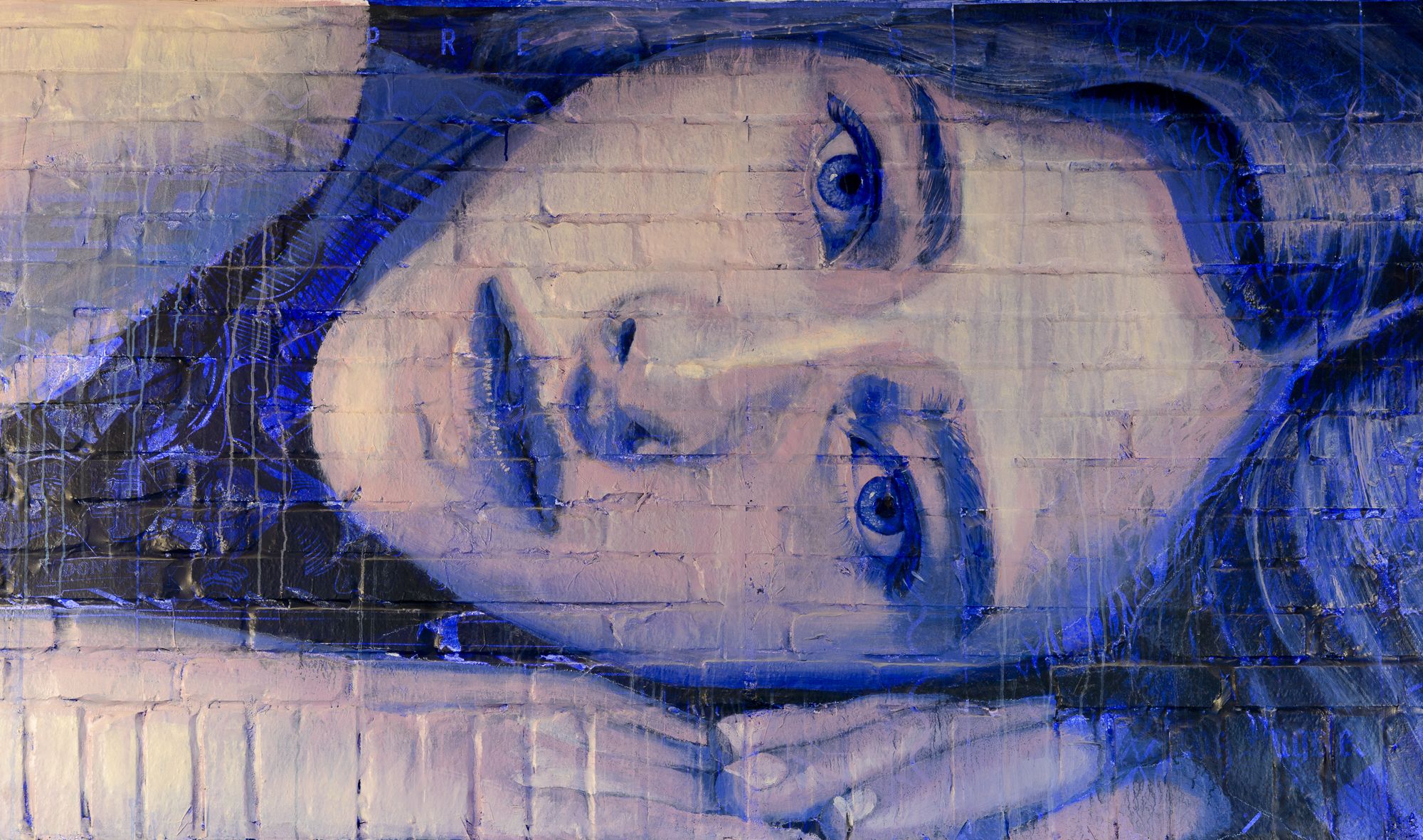

Courtesy of Ed Widdis/AP/ShutterstockĪs we’re winding down, we discuss a photo of a man in a denim chore coat with a shirt and tie underneath. Olympic champion Tommie Smith, in shades. “He's relaxed, he’s not posing-this is him.” Billy Taylor (“all geek, god-like, and cool,” as Jules puts it) and Eric Dolphy, a personal favorite, who wears a cardigan sweater, beanie, and a little scarf around his neck as he relaxes on his sax. Then you get the musicians: Davis, of course, but also Thelonious Monk in his great collection of various hats and glasses Dr. After them follow artists like the sculptor Noah Purifoy (in white chinos, a white short-sleeve shirt and suede crepe sole shoes) and the photographer Gordon Parks, in his iconic trench coat. Writers and poets like Baldwin, Ralph Ellison, Amiri Baraka and their contemporaries make up the first chapter of Black Ivy. “A lot of people I’ve met or DM’d about the book have said, ‘Anyone who’s got Jimmy Baldwin in the book is all right by me,’” he says with a smile. This is another thing Jules has tried to correct. Courtesy of UCLA Library Special Collections Somebody less likely to be highlighted, as I’ve observed, is Buckley’s opponent at a 1965 debate on race, James Baldwin.Īrtist Charles White, pictured in his studio.

Buckley is also particularly beloved fodder for fans of the Ivy look, and he literally wrote a memoir called God and Man at Yale. You’re more likely to see Ivy enthusiasts celebrating the looks of past presidents like JFK and George HW Bush, or reliving the sartorial glories from GOP conventions past, than most of the people that show up in Black Ivy. But its proponents have consistently overlooked the Black contribution, as I found when I walked through that FIT exhibit in 2012. Ivy Style, obviously, takes its name from America’s most elite universities, which have not only struggled for years to admit more students of color but also have their own dark, racist histories. The fashion industry and the people in its orbit, like just about anything else in America, has struggled with the problem of trying not to be so white. His obsession with changing the narrative has been years in the making-he’s spent hours in archives, pulling together shots from mid century issues of Ebony and Life, and trying to find images of icons that the public hasn’t seen a million times or more. For Jules, the British writer and style consultant behind influential #menswear blog Garmsville, he believes coming from the outside-that is, outside of America-was the main reason he could show that American-influenced Ivy Style doesn’t need to just feature pictures of guys who look like they can trace their lineage back to the Mayflower. When I got to the end of the exhibit, which chronicled nearly a century of the Ivy look, a thought crossed my mind: Damn, that was really white.Ī decade later, Jason Jules, along with art director Graham Marsh, have released Black Ivy: A Revolt In Style, a book that not only course corrects an ongoing issue-the idea that Ivy Style is and remains a predominantly WASP look-but is, by itself, one of the most necessary fashion photography books you’ll find on the shelves. In 2012, I found myself walking through the Museum at FIT’s Ivy Style exhibit, admiring its offerings: a striped cotton blazer from 1928, a raccoon coat worn by a Yale student from around that time, contemporary work from designers like Thom Browne and Tommy Hilfiger.


 0 kommentar(er)
0 kommentar(er)
